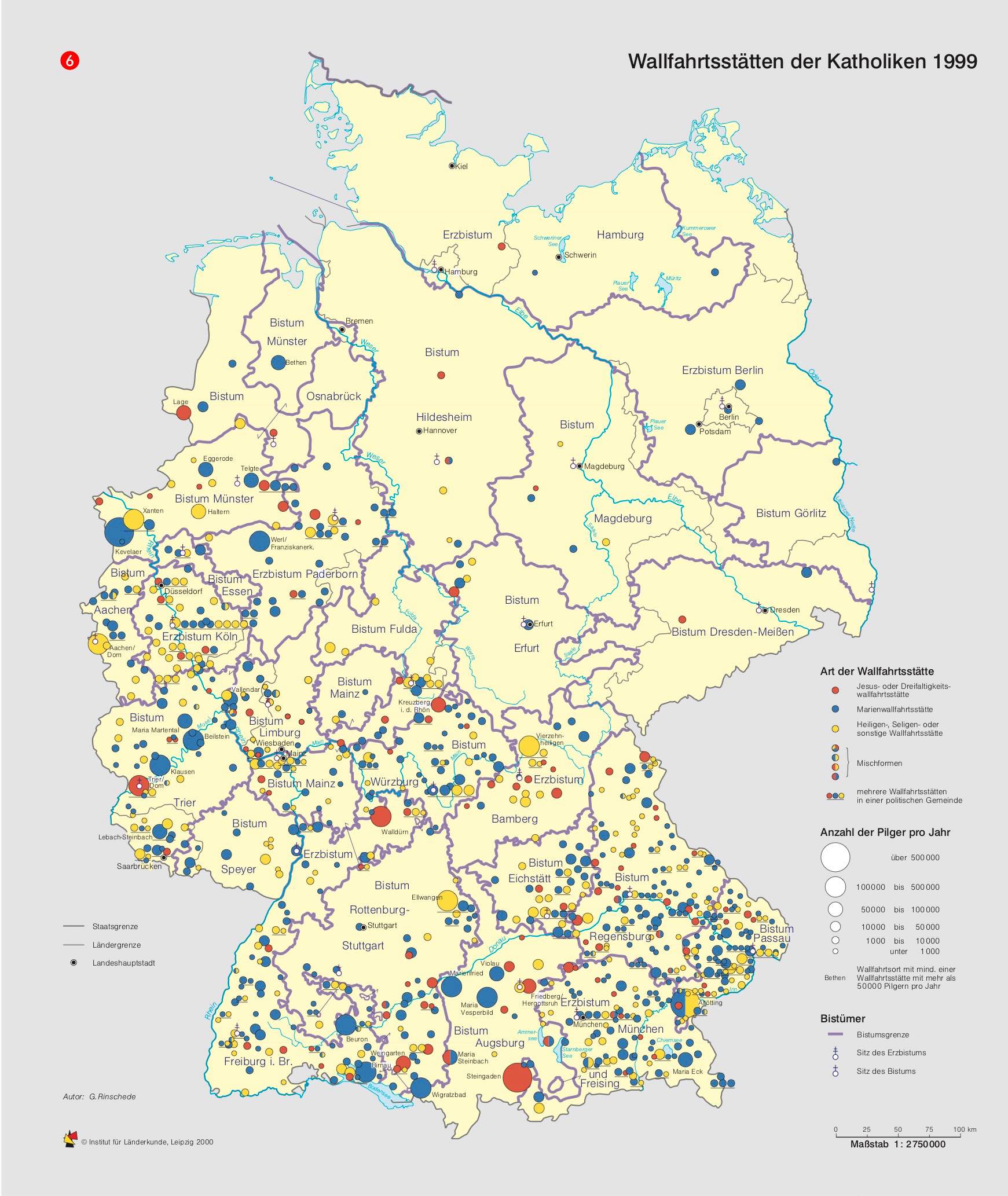Tonguez
A suffusion of yellow
pilgrimages from Europe to the Holy Land were happening in the 1st century, though they really gained momentum after the 4th century and Constatines reclaiming of the Holy Land. Even before that the Greeks and Romans undertook pilgrimages and there were pilgrimages in the middle east (such as the Feast of Passover where Jewish men were required to travel to Jerusalem)How many pilgrimages were being made to the Holy Land from England in, say, the 6th or 7th century? How many pilgrimages do you see in Central Africa? Some, I'm sure. And there's always nomadic peoples, sure. But, I really think it's a mistake to model our D&D worlds on Late Middle Ages, Early Renaissance Europe. It just doesn't make a lot of sense.
and there are a huge number of Sacred sites in Africa - the Great Mosque of Djenné, Mali dates to 800AD. Mt. Oldonyo Lengai in Tanzania has been a place of worship for (possibly) 1000s of years. The Masai still take childless Women there to pray for children.
Last edited:





